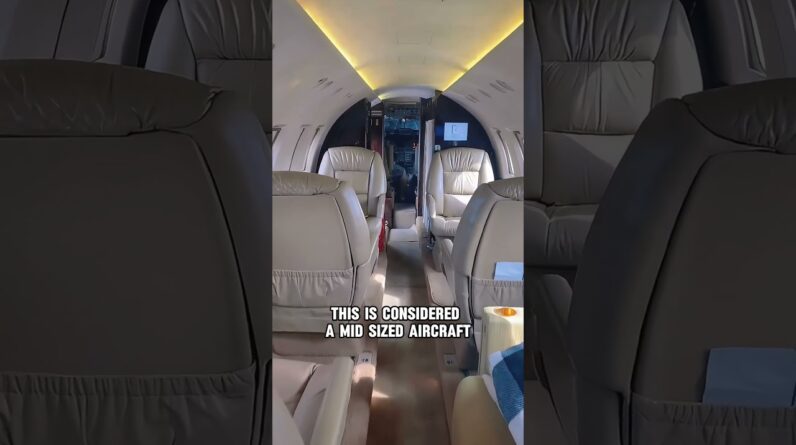
Bugs in the pipes, broken sight glasses, rusty pilots: a sea of problems for planes that fly again.
Fortunately, this is not the case for private jet pilots, nor their planes, which continued to fly even during the pandemic!
Authorities are asking airlines for special maintenance for the 19,000 jets parked during the pandemic before putting them into service after some worrying data about complicated landings, sensors that don’t work on the first flight, batteries that decompose and “dirty” kerosene.
Insects in altitude sensors. Batteries that disintegrate. The bacteria have contaminated the kerosene. And slightly rusty pilots who are struggling to regain confidence on landing. Air travel tries to restart after the great pandemic freeze and finds that – beyond the lack of passengers – it has another huge problem: the controls of the fleet of jets that have been on the ground for many months thanks to the Covid and the training of pilots who after a long time without flying, must regain confidence with the controls of the jets.
Putting the jets and crew back into service
The dangers, of course, shouldn’t be there. But all the flight authorities and IATA itself, the world airline organization, felt the need to publish precautionary decalogues in these weeks to be followed before putting the jets and crew back into service. The problem is simple; 19,000 planes, or two-thirds of the world’s fleet, were parked for weeks for lack of customers. Someone put them on inactive airport runways. Others in the middle of the desert to escape the humidity. The result, however, does not change: their return to service is not trivial. And given the long line of problems caused by those already “thawed” from forced rest, the procedures for restarting them have been tightened.
A most serious alarm
The most serious alarm comes from the IATA database which in April and May, on the return of the first plane on the runway, recorded an abnormal jump in the “unstable approach”, or rather unorthodox, which tripled landings compared to the average. Technical examinations revealed that the causes were almost always speeding or improper use of the engine brake. Perhaps the consequences – this is the implication – of the pilots’ difficulty getting used to flying again. This is why carriers have been urged to speed up simulator testing before putting employees back under the yoke.

In contrast, EASA, the body responsible for the safety of European skies, reported an increase in abnormal data on speed and altitude during the first return flight. In many cases, the fault lies with the insects that have set up their nests, including larvae, in the Pitot tubes, the sensors that report altitude. A Wizzair jet (with no passengers on board) that was leaving after 12 weeks of shutdown returned immediately because the altimeter was set at 0. The list of potential problems – and tips for avoiding them – is long: Airbus reported that onboard batteries, activated and deactivated at a certain frequency when stopping on the ground, could have lost charge and power, causing problems in an emergency. Another knot is the kerosene left in the fuel system: if the biocides have not been used with care, it is possible that masses of fungi or bacteria – favored by moisture – have been created and must be disposed of immediately.
The moral is clear: all airlines have been strongly advised to do full service on planes preparing to return to work when the vaccines have done their job and the pandemic is overcome. How long will that take? The road is (unfortunately) not short given that even today, air traffic is 35% lower than last year when the coronavirus seemed confined to the Wuhan area.
The post Private jets avoid Covid-related problems of airliners first appeared on Private jets blog.



